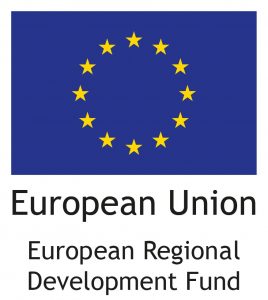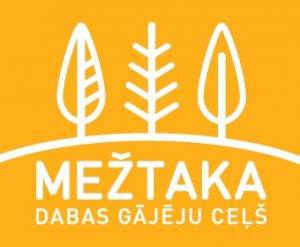Gauja Technical Culture Centre
On the side of the Vidzeme Highway, between Vangaži and Sigulda, there is a stately but often overlooked building, one of the most modern and visible cultural buildings in Latvia in the 1980s. Historically, it used to belong to the “Gauja” fur holding and served as a culture centre where to enjoy the talents and creativity of vocal masters and draw inspiration from art.
In 2017, the time-dented building, which can be recognized from a distance by the huge radio antenna still on its roof, got noticed by brothers Juris and Jānis Rīti. At last, the forlorn culture centre, with its heyday long behind, had an owner to look after it. The new owners understood that the renovation of the large building and returning it to life would not be easy, but the two brothers took the challenge. Step by step, they are now turning it into a centre of historic vehicles, a club and a museum. The former cultural edifice historically known as the Gauja Culture House is now being gradually restored and upgraded to become a Technical Culture Centre.
Once there was a cinema, theatre, shops, cafes, a theatre stage, and a clothing market in the building. In 1986, Jānis Streičs, a film director, shot one of his very popular films “It’s Easy to Fall in an Overgrown Moat” there. Unfortunately, over the years, the place gradually sank into oblivion. Times changed, and people’s priorities and interests changed as well. The culture house was demolished and abandoned taking with it historical evidence of the time.
The new owners saw opportunities for the site. The museum of historic vehicles is being built with the available resources; each room is carefully restored by weighing rational and also crazy ideas. The owners are strongly attached to the idea of the museum and are investing great effort and enthusiasm in creating a new shape for this historic building, both in terms of quality and aesthetics.
When sharing his memories on how everything started, Jānis says that he has had a love for cars since his early childhood when one of his classmates had invited him to a car modelling group. Janis mentions that he was the first in his class who received a driving license and his first car was Mockvic 408, which was purchased from his classmate’s father. Juris Rīts said in an interview: “I am currently working as a doctor and this project will be my contribution to my retirement capital.” Juris adds (with a little humor and a smile): “When I’m retired, I’ll sit in my museum and sell tickets. Small children have small toy boxes; big boys need big ones. This will be an entertainment site with all possible vehicles: from bicycles, mopeds, various cars to buses, trams and trolley buses.” The brothers do visualize the happy outcome of this story!
In the village of Gauja in Riga region, various technical units tracing back to several decades ago will be stored and maintained, as well as the heritage from the Latvian roads of the past, which could be interesting both for Latvian residents and foreign tourists.
It is already possible to apply for a visit to the future Technical and Cultural Centre. You will have an opportunity to look at both the partially renovated spaces and those that over the years have still retained their historical shape. We also rent historic vehicles for both outdoor events and photo sessions. Rental of various properties and rental of renovated spaces for commercial activities are also available. Everybody is welcome to contact us by writing to e-mail: info@gaujasklubs.lv. We will be glad to show the premises of the future museum and not only. See you!


